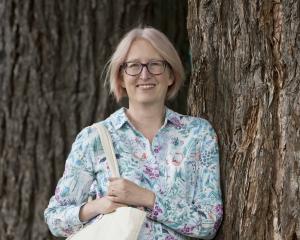
More than 50 teams from seven New Zealand universities recently participated in the 24-hour "Geospatial Hackathon" run by Ministry of Business, Innovation and Employment, the New Zealand Space Agency and Maxar Technologies.
Students had to develop software using Maxar’s earth observation imagery, combined with their data skills, to create solutions for a range of real life challenges.
Challenges included Covid-19, planning for a changing coastline, healthy local waterways, wildlife populations, and managing emergencies.
University of Otago’s Team Ozone chose the wildlife population challenge and placed in the top seven.
The team, led by PhD students Jean Li and Matthew Chilcott, came from various disciplines including information science, physics and statistics.
Other team members comprised Martha Bell, Benjamin Mitchell and Tanh Tran.
Team Ozone’s system combined imagery processing with machine learning techniques to help detect and count nesting albatrosses on remote islands from satellites.
As part of Tech Week, the group had to present their idea over zoom to a panel of experts at the Otago Business School yesterday.
Most albatross colonies were on remote islands and only accessible by boat, which made it hard to get a good count, Mr Chilcott said.
"There may be a few potential uses for this — one might be educational because these are endangered birds, people could have access to the count data to see the seasonal trends of the birds long term and see if they are getting more endangered," he said.
The system had built-in object detection software so it could be retrained to suit the agricultural sector and monitor farms, Mr Chilcott said.
It could also be further developed and used commercially, Miss Li said.
Miss Li said the product could also be used in search and rescue missions.
Building the system was an "eye-opening" experience for everybody involved, the group’s supervisor Associate Professor Jeremiah Deng said.












